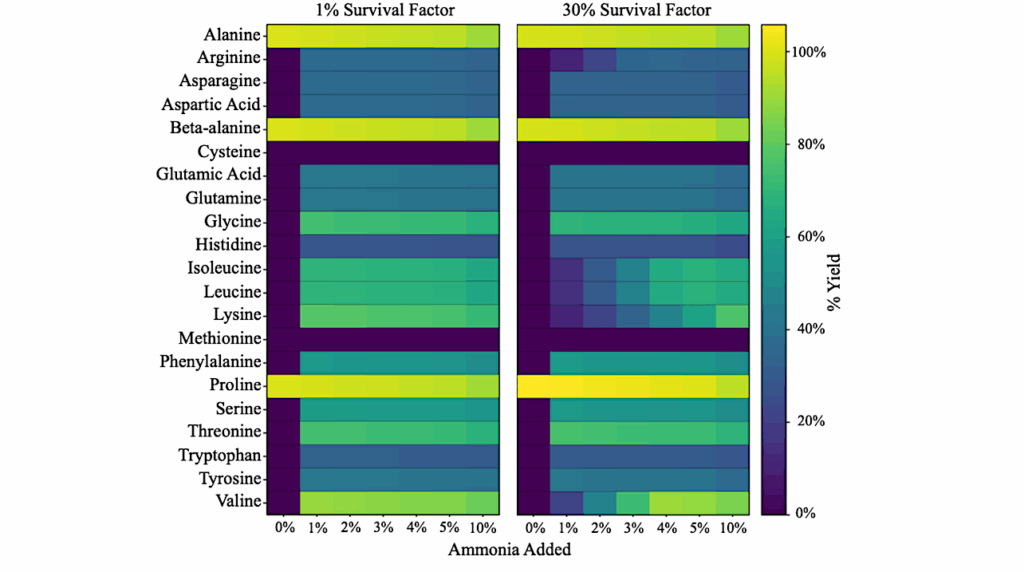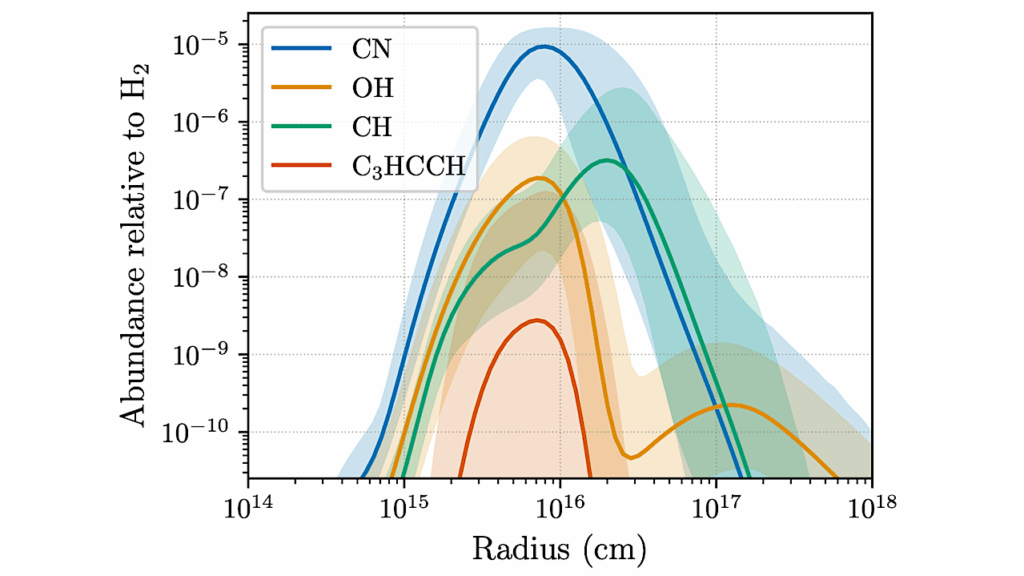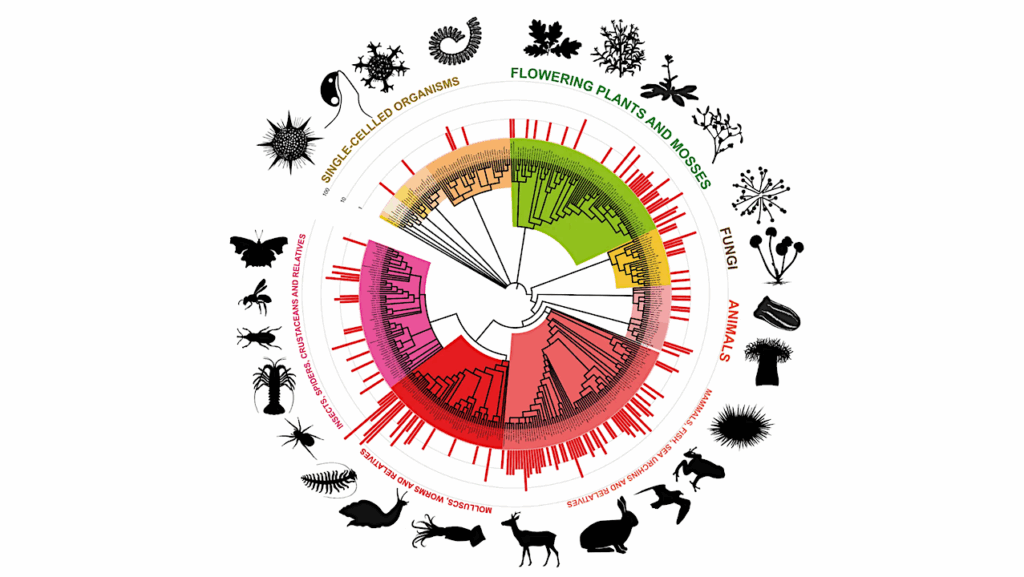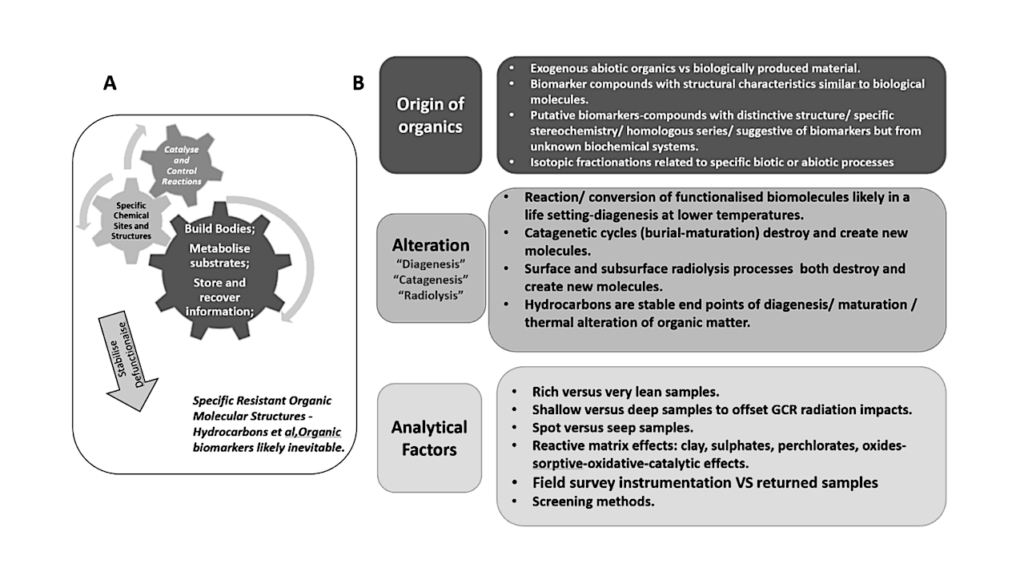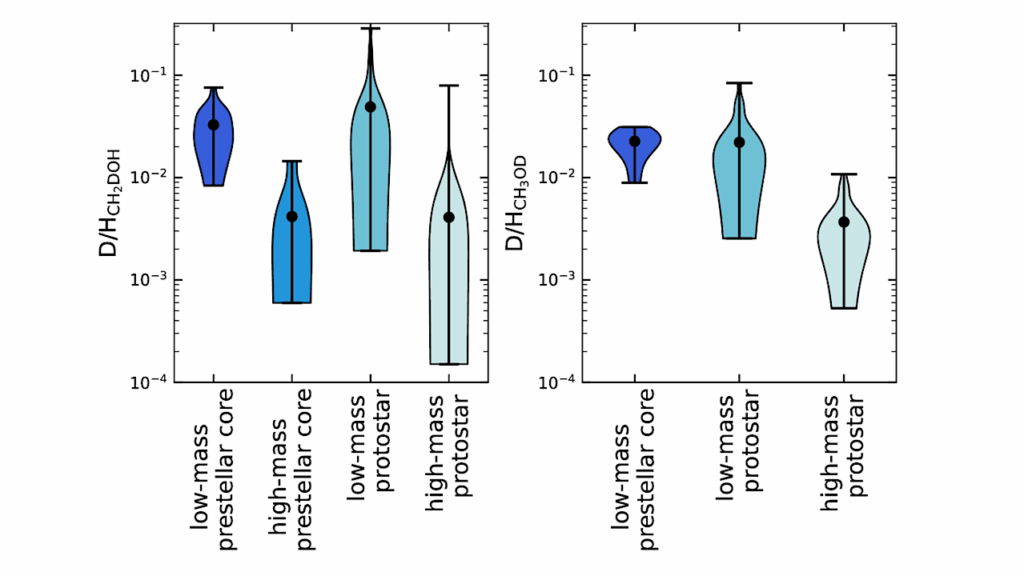The Venusian Chronicles
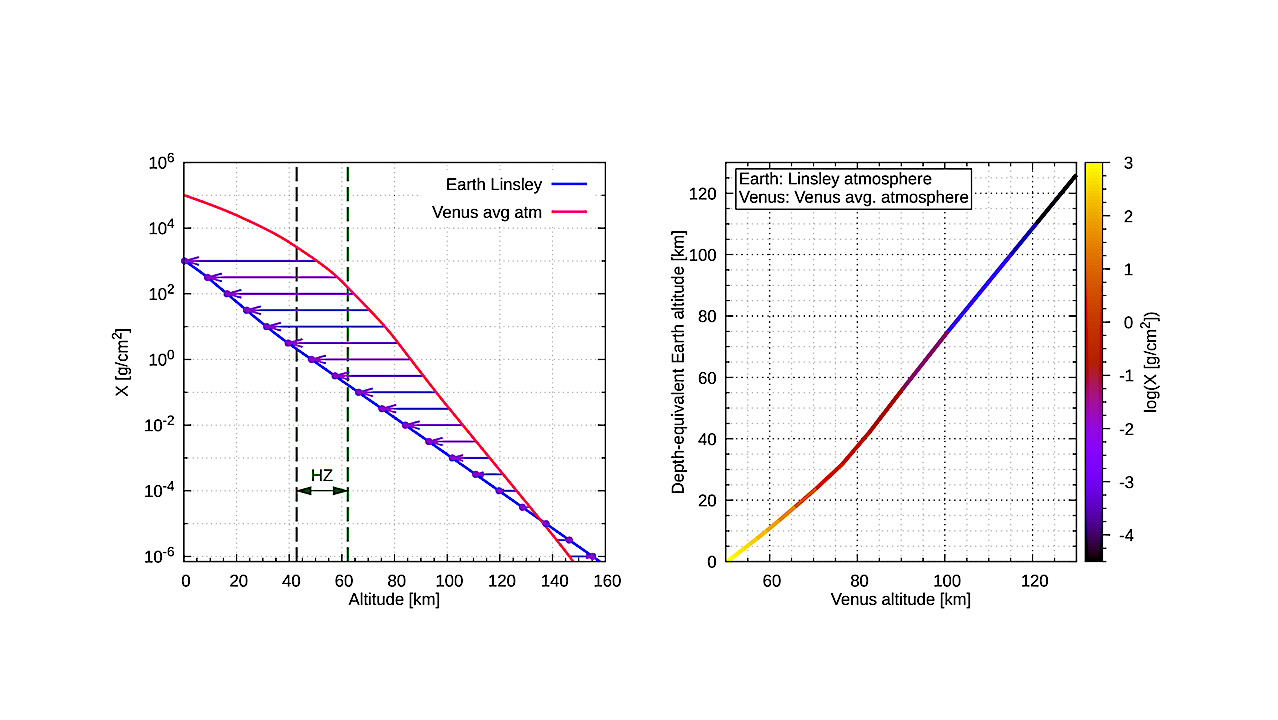
Venus’ atmosphere — specifically its clouds buoyed up 40 to 60 km above the surface — has long been suspected to encompass a biosphere where Earth-like living organisms could grow and flourish.
This idea has been recently rekindled by the observation (signal-to-noise ratio of about 15σ) of a phosphine (PH3) absorption-line profile against the thermal background from deeper, hotter layers of the atmosphere.
There is a chance that this observation could be a sign of life, because the PH3 gas observed on Earth originates mostly in decaying organic material. Furthermore, it has been shown that there is no other natural process on Venus that could otherwise produce the observed PH3 absorption line.
On the other hand, cosmic rays and the particle cascades they produce in the Earth’s atmosphere are hazardous to living organisms, because the ionizing radiation produced in air showers can blow apart chemical molecules and disrupt biochemical processes, causing cells to die or undergo dangerous mutations.
Compared to Earth, the hypothesized biosphere of Venus could be exposed to substantially more ionizing radiation. This is because Venus has no protective intrinsic magnetic field, orbits closer to the Sun, and the entire eventual habitable region lies in the clouds high in the atmosphere. Thereby, if the clouds were sterilized there would be no reservoir of deeper life that can recolonize afterwards.
In this communication we study the effects of particle cascades in the venusian atmosphere using the AIRES simulation package properly configured. We show that the effects of cosmic radiation in the habitable zone would be comparable to those on the Earth’s surface and so would not have any hazardous effect on possible venusian microorganisms.
Luis A. Anchordoqui, Carlos A. García Canal, Sergio J. Sciutto
Comments: To be published in the proceedings of the UHECR 2024 international symposium, Malargüe, Argentina, Nov 2024
Subjects: Earth and Planetary Astrophysics (astro-ph.EP)
Cite as: arXiv:2502.13371 [astro-ph.EP] (or arXiv:2502.13371v1 [astro-ph.EP] for this version)
https://doi.org/10.48550/arXiv.2502.13371
Focus to learn more
Submission history
From: Sergio Sciutto
[v1] Wed, 19 Feb 2025 02:11:07 UTC (329 KB)
https://arxiv.org/abs/2502.13371
Astrobiology,


